Made to Degrade: Sustainable Everyday Packaging
What “Made to Degrade” Really Means
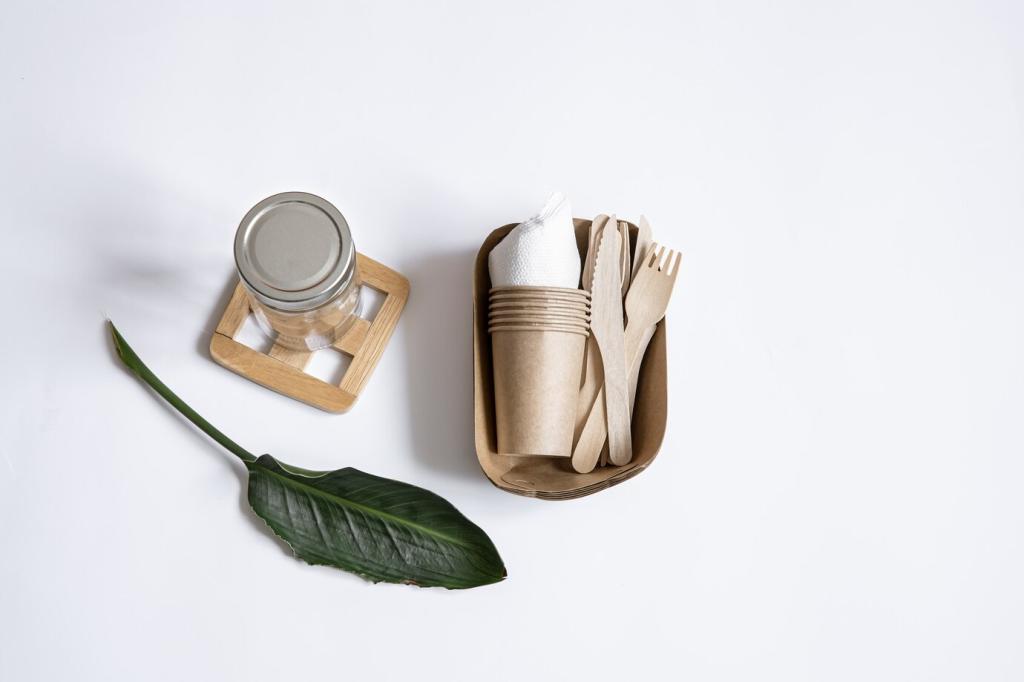
Degradation is not magic; it is microbes, moisture, oxygen, and time working together. Compostable packaging is engineered to break down into biomass, water, and carbon dioxide under specific conditions, unlike vague “biodegradable” claims that often lack timelines, environments, and accountability.
Designing for Disappearance
Simplicity beats multilayers
Complex laminates trap good intentions. A single, clearly compostable material often outperforms multilayer designs that require impossible separation. Minimalist structures, clear disposal instructions, and thoughtful seams reduce contamination, confusion, and the chance a well-meant package ends up in landfill.
Inks, glues, and liners matter
Compostability depends on the quiet ingredients too. Water-based inks, compost-safe adhesives, and plant-derived coatings help the entire package break down uniformly. Small tweaks prevent tiny, stubborn fragments and keep compost quality high for gardeners, farmers, and community soil projects.
Tell us your impossible-to-open story
We have all wrestled with packaging that fights back. Share your most frustrating tear-strip moment and how a simpler, made-to-degrade alternative could have helped. Your stories guide designers, and your comments shape our next round of real-world tests.
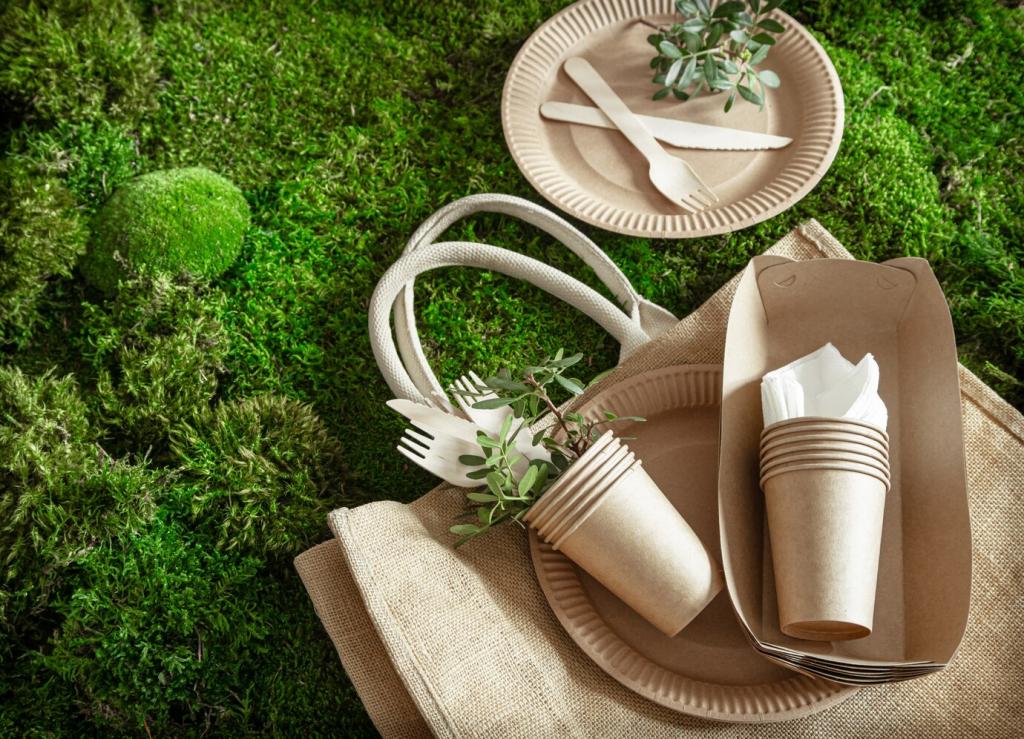
Coffee cups and lids
Look for certified compostable cups and fiber lids, or bring a durable mug. If composting is unavailable, choose cups with minimal coatings and clear disposal guidance. Tell your café why you care; friendly feedback nudges purchasing toward truly degradable options.
Lunches and leftovers
Cellulose windows in sandwich bags, molded fiber clamshells, and compostable wraps can replace plastic without sacrificing freshness. Label your containers with disposal instructions before a team meeting. Invite colleagues to try a weekly low-waste lunch and trade tips in the comments.
Shipping and returns
Compostable mailers and mushroom foam protect without plastic peanuts. Keep inserts simple and curbside- or compost-friendly. Ask brands to list end-of-life guidance clearly. Share your best packaging unboxing wins so we can feature them and keep good practices circulating.
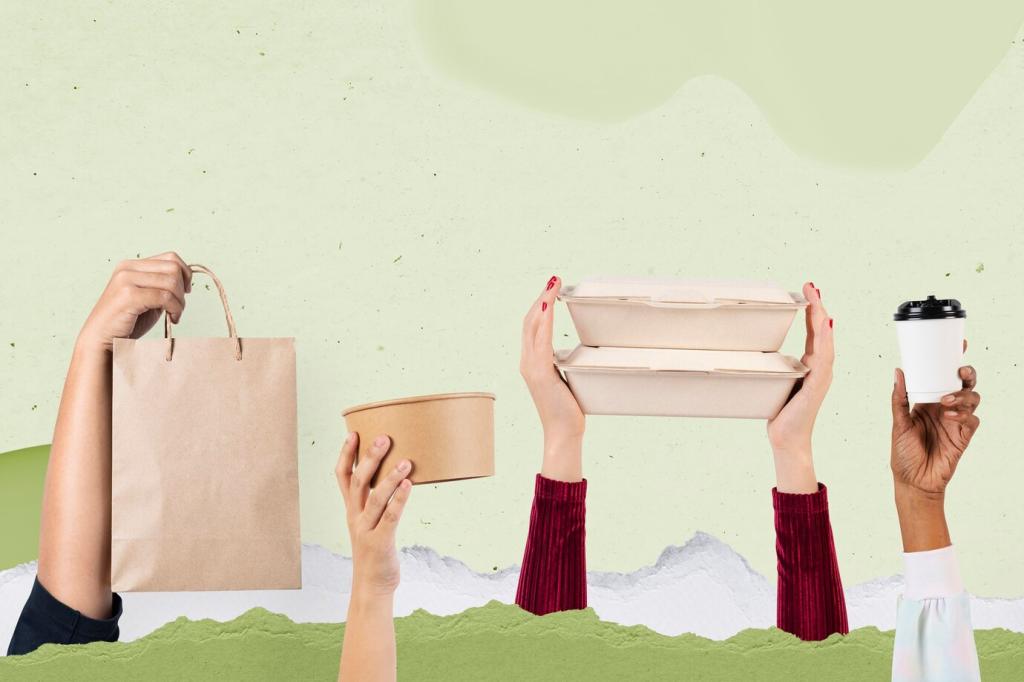
Composting Realities and Infrastructure
Home systems run cooler and slower. Industrial facilities maintain heat, airflow, and moisture for faster breakdown. If your package needs industrial conditions, do you have access? Map local options, ask your city for updates, and comment with your region’s resources.
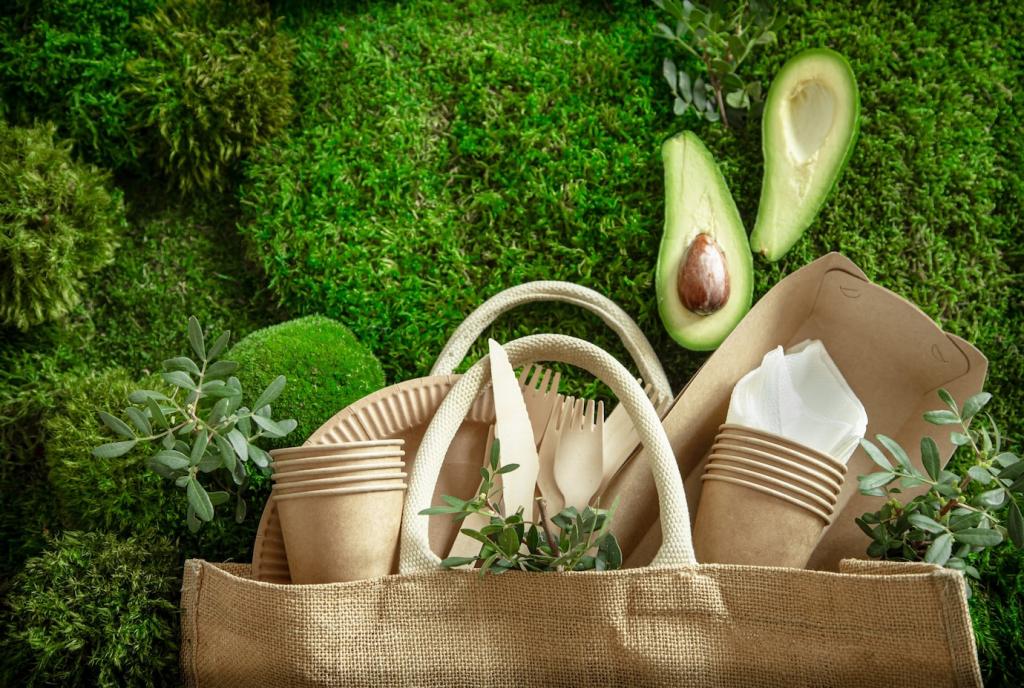
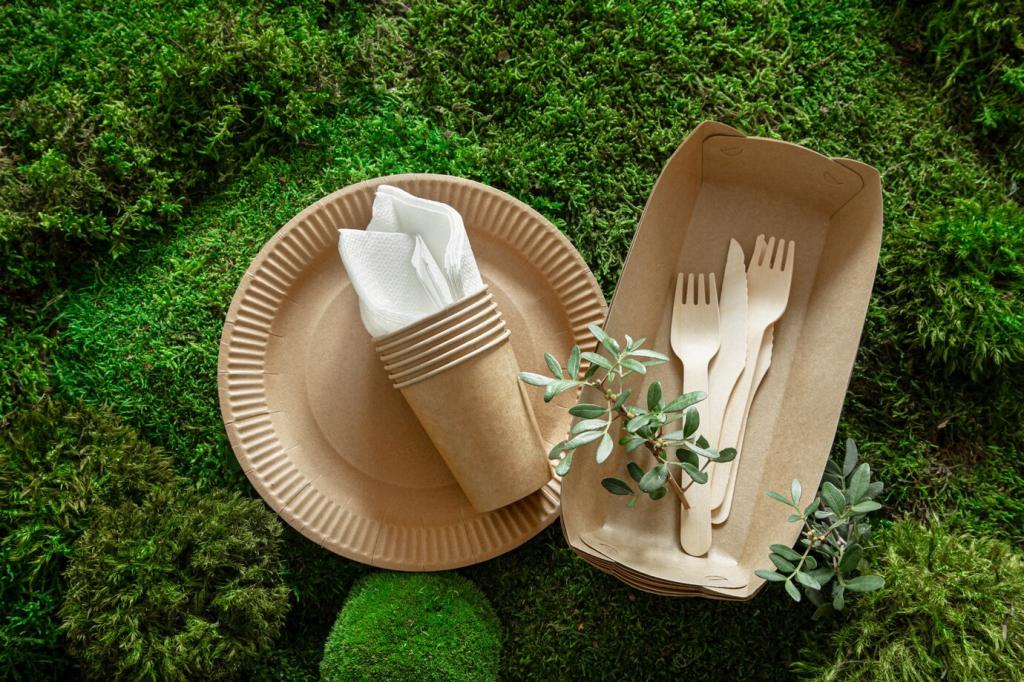
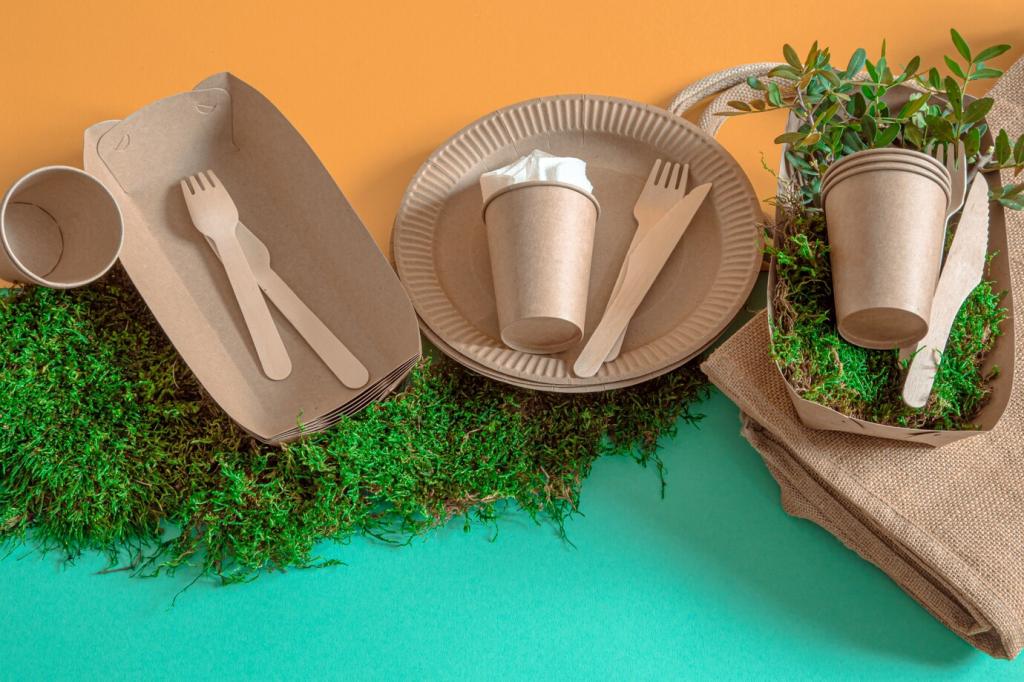
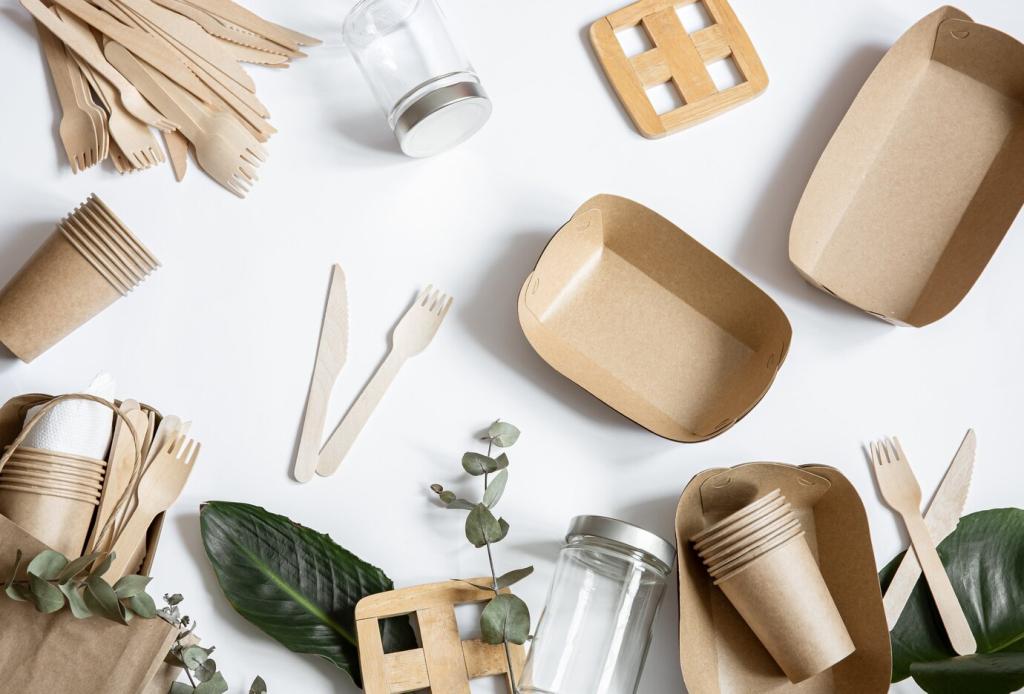
Myths, Pitfalls, and Greenwashing Checks
Many items labeled biodegradable need warmth and oxygen, not cold seawater. In marine environments, breakdown can stall, creating fragments and hazards. Demand clarity about environments and timelines, and support policies reducing single-use items where mismanaged waste frequently reaches waterways.
The Future of Degradable Packaging
Seaweed, silk, and bacterial cellulose
Seaweed films that dissolve, silk proteins that stabilize food, and bacterial cellulose with surprising strength are moving from lab benches to shelves. We test durability, taste neutrality, and compost outcomes. Suggest products you want us to trial next month.
Refill and deposit hybrids
Sometimes the greenest package is the one used again. Pairing refill models with degradable components for seals or protection balances hygiene with less waste. Tell us which refill stations you love so we can map and review them collaboratively.
Help shape our next test
Which scenario should we study first: picnic kits, meal delivery, or holiday shipping? Vote in the comments. We will publish protocols, invite volunteers, and share raw data so everyone sees what degrades, what lingers, and why those outcomes matter.
